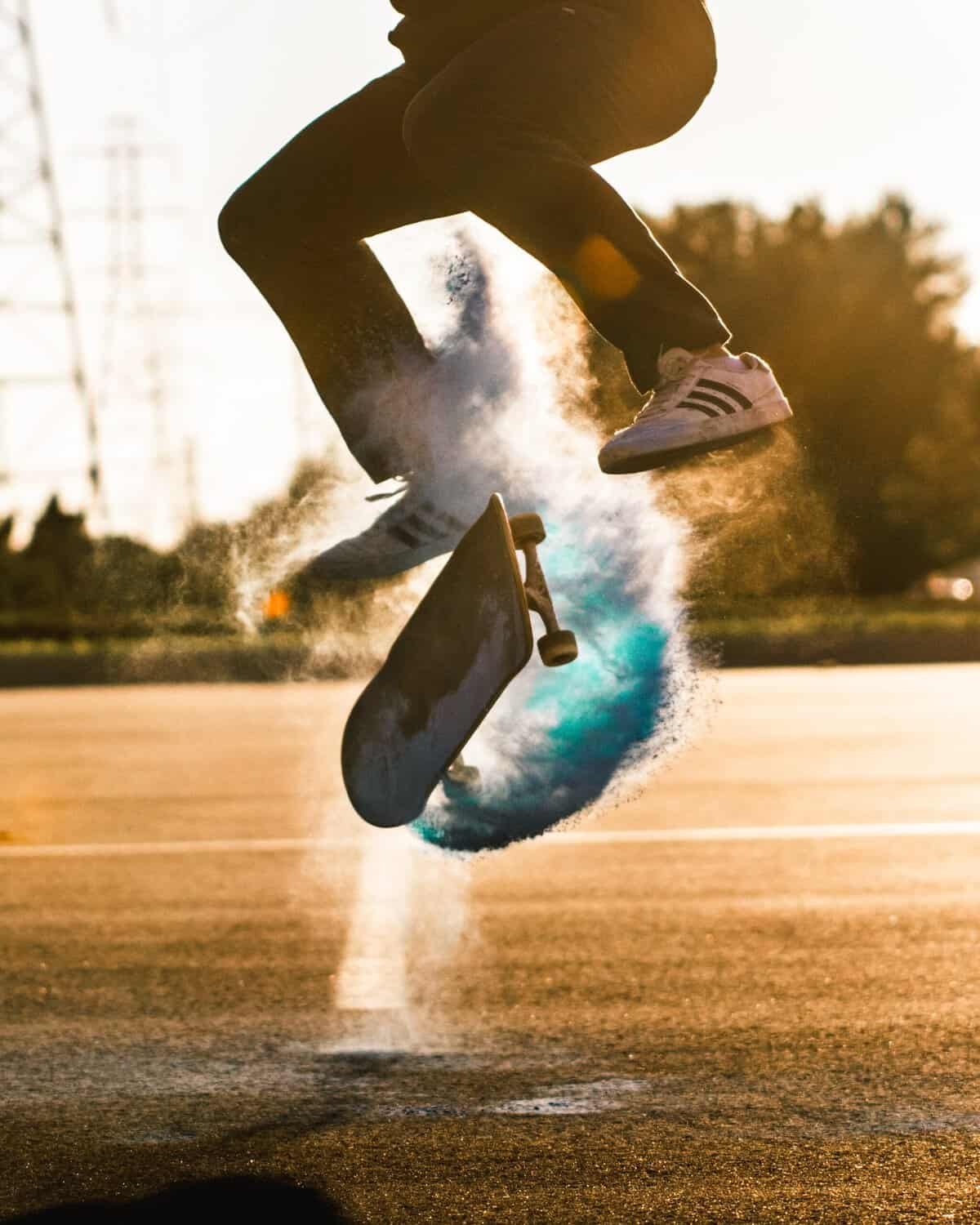Do you want to take your skateboarding to the next level? If so, it’s time to consider customizing your skateboard for better performance. By making small tweaks and adjustments, you can enhance your riding experience and unlock your full skateboarding potential. From choosing the right trucks and wheels to experimenting with different grip tapes, this article will guide you through the process of customizing your skateboard to optimize its performance and ultimately improve your skills on the board. Get ready to elevate your skate game and ride like never before!
Choosing the Right Deck
When it comes to customizing your skateboard for better performance, one of the first things to consider is choosing the right deck. The deck is the foundation of your skateboard and plays a crucial role in determining its overall performance. There are several factors to consider when selecting a deck, including understanding deck shapes, choosing the right deck size, considering deck material, checking for concave, and evaluating flexibility.
Understanding Deck Shapes
Deck shapes vary greatly and can have a significant impact on your skateboarding experience. Some common deck shapes include popsicle, cruiser, and old school shapes. Popsicle shapes are the most common and versatile, suitable for street and park skateboarding. Cruiser shapes, on the other hand, are designed for cruising and transportation and often feature wider and more stable dimensions. Old school shapes are reminiscent of the skateboards from the 1970s and 1980s, characterized by a wider nose and tail and are popular among those who enjoy pool or ramp skating.
Choosing the Right Deck Size
Deck size is an important consideration when customizing your skateboard. The size of your deck should match your skating style and personal preference. Larger decks generally provide more stability and foot space, making them suitable for vert or ramp skating. Smaller decks, on the other hand, offer greater maneuverability and responsiveness, which is ideal for street skating or technical tricks. It’s essential to choose a deck size that feels comfortable and suits your intended skating style.
Considering Deck Material
Deck material plays a crucial role in determining its durability, weight, and overall performance. The most common materials used for skateboard decks are seven-ply maple wood, bamboo, and carbon fiber. Maple wood is the industry standard due to its excellent strength and pop. Bamboo decks are known for their eco-friendliness and flexibility, providing a unique feel while riding. Carbon fiber decks, although less common, offer excellent strength and lightweight properties. It’s important to consider your preferences and budget when selecting the right deck material.
Checking for Concave
Concave refers to the curvature of the deck from side to side, providing additional control and responsiveness. Decks can have varying degrees of concave, such as low, medium, or high. The choice of concave often depends on personal preference and skating style. Low concave decks offer a flatter surface that allows for easy foot movement, making them suitable for technical tricks. Medium and high concave decks provide more control and stability, which is preferable for vert, pool, or ramp skating. It’s important to experiment and find the right concave that suits your needs.
Evaluating Flexibility
Deck flexibility refers to how much the deck can bend under pressure. The flexibility of a deck can affect its performance in various aspects, such as responsiveness, shock absorption, and overall feel. Rigid decks provide more stability and are often preferred for high-speed skating or heavy riders. On the other end, flexible decks offer more rebound and shock absorption, suitable for cruising or carving. Evaluating and understanding the desired flexibility of your deck can greatly enhance your skateboarding experience.

Selecting the Right Trucks
After choosing the right deck, it’s important to select the right trucks. The trucks act as the axles of your skateboard and are responsible for turning and stability. Understanding truck anatomy, choosing the right truck height, considering truck width, and exploring different truck materials are all important factors to consider when customizing your skateboard.
Understanding Truck Anatomy
To select the right trucks for your skateboard, it’s important to understand the basic anatomy of a truck. A truck consists of various components, including the hanger, kingpin, bushing, axle, and baseplate. The hanger is the T-shaped metal part of the truck that holds the axle and connects to the deck. The kingpin is the large bolt that holds the truck components together and allows for adjustment. Bushings are the cushions between the hanger and baseplate and provide the truck with its turning ability. Understanding the different parts of a truck will help you make informed decisions when selecting the right ones for your skateboard.
Choosing the Right Truck Height
Truck height refers to the distance between the baseplate and the axle. The choice of truck height depends on various factors, including deck size, wheel size, and personal preference. Low trucks offer a lower ride height, closer to the ground, providing increased stability and responsiveness. High trucks, on the other hand, offer more clearance between the deck and the ground, suitable for larger wheel sizes and preventing wheel bite. It’s important to choose the right truck height that complements your preferences and riding style.
Considering Truck Width
Truck width is another crucial factor to consider when customizing your skateboard. The width of your trucks should match the width of your deck to ensure proper alignment and optimal performance. A general rule of thumb is that the axle width should be slightly narrower than the deck width. For example, if you have an 8-inch deck, you might choose trucks with a 7.75-inch axle width. This allows the wheels to align with the deck properly, avoiding any stability or turning issues.
Exploring Different Truck Materials
When selecting trucks for your skateboard, you will come across different materials, such as aluminum, titanium, and magnesium. Aluminum trucks are the most common, known for their durability and affordability. Titanium trucks are lighter and stronger than aluminum, providing enhanced performance but at a higher cost. Magnesium trucks offer a lightweight option with excellent strength, making them suitable for technical skating. It’s important to explore different truck materials and consider their pros and cons to find the right balance of performance and budget for your custom skateboard.

